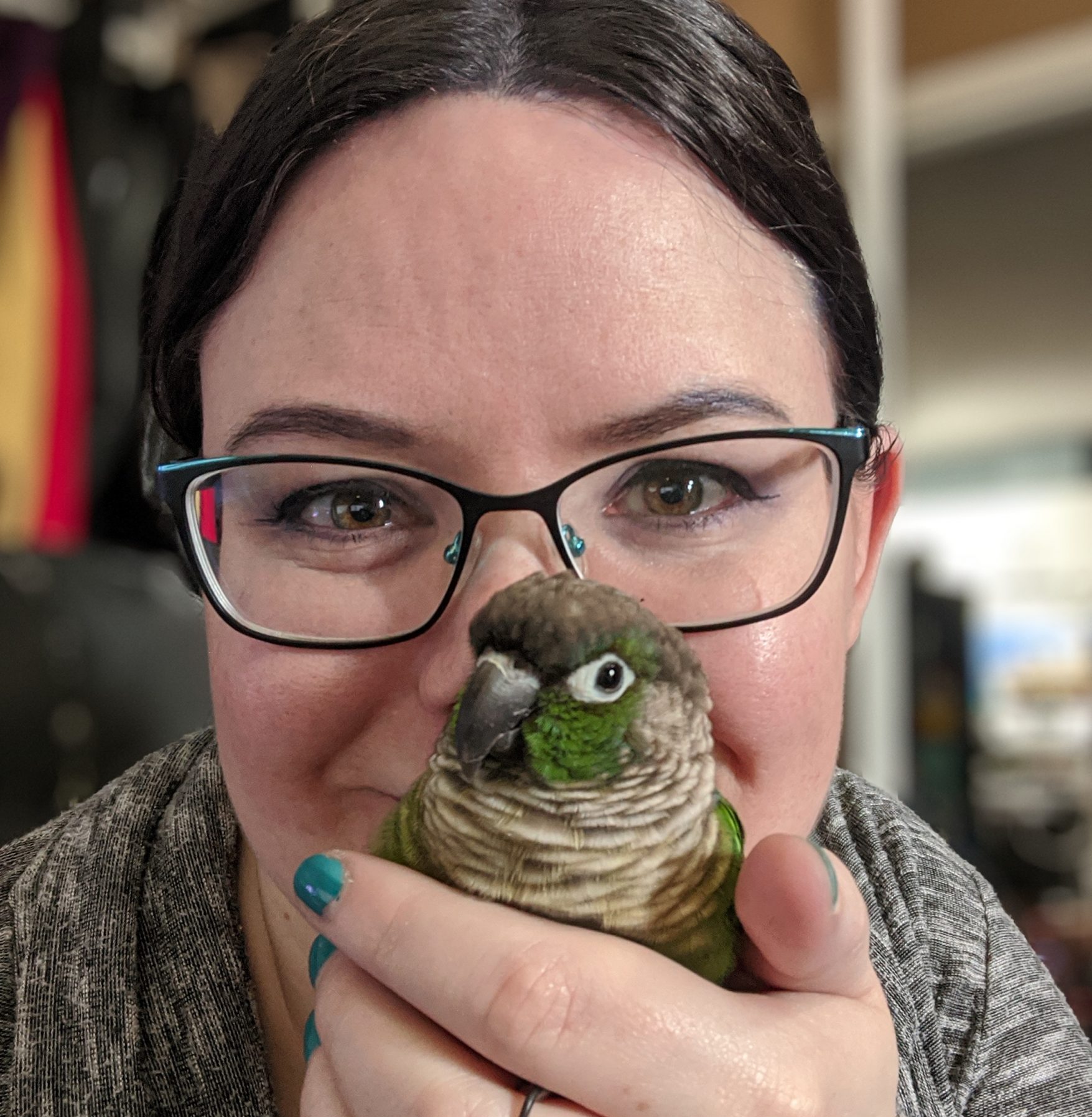ZENK expression following conspecific and heterospecific playback in the zebra finch auditory forebrain
Abstract
Zebra finches (Taeniopygia guttata) are sexually dimorphic songbirds, not only in appearance but also in vocal production: while males produce both calls and songs, females only produce calls. This dimorphism provides a means to contrast the auditory perception of vocalizations produced by songbird species of varying degrees of relatedness in a dimorphic species to that of a monomorphic species, species in which both males and females produce calls and songs (e.g., black-capped chickadees, Poecile atricapillus). In the current study, we examined neuronal expression after playback of acoustically similar hetero- and conspecific calls produced by species of differing phylogenetic relatedness to our subject species, zebra finch. We measured the immediate early gene (IEG) ZENK in two auditory areas of the forebrain (caudomedial mesopallium, CMM, and caudomedial nidopallium, NCM). We found no significant differences in ZENK expression in either male or female zebra finches regardless of playback condition. We also discuss comparisons between our results and the results of a previous study conducted by Avey et al. [1] on black-capped chickadees that used similar stimulus types. These results are consistent with the previous study which also found no significant differences in expression following playback of calls produced by various heterospecific species and conspecifics [1]. Our results suggest that, similar to black-capped chickadees, IEG expression in zebra finch CMM and NCM is tied to the acoustic similarity of vocalizations and not the phylogenetic relatedness of the species producing the vocalizations.


Leave a Reply